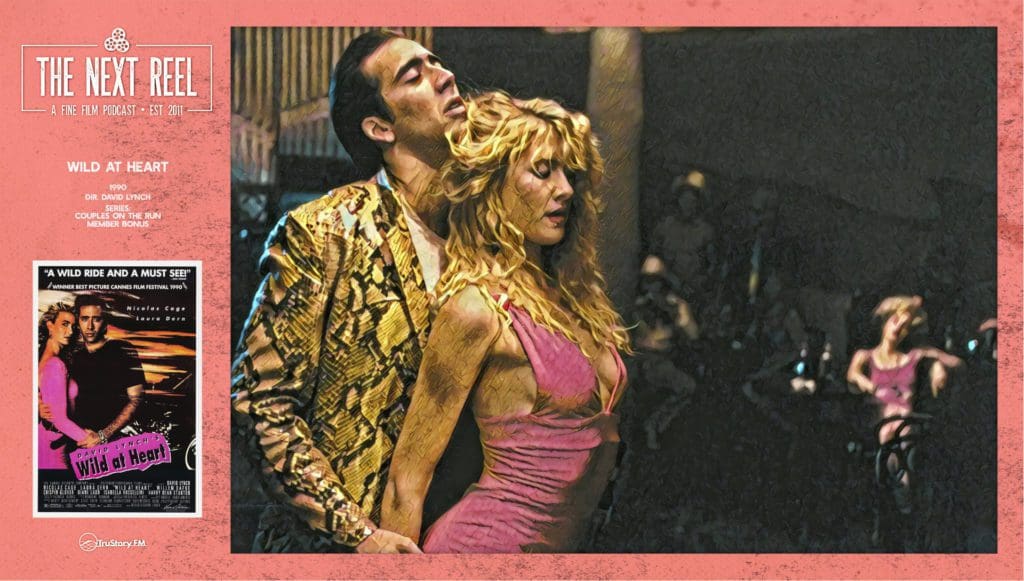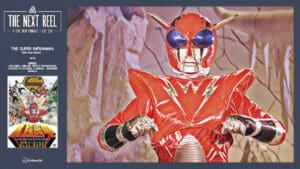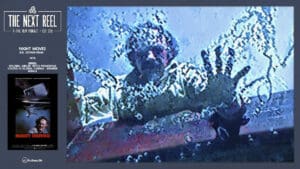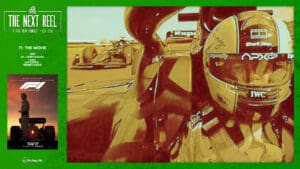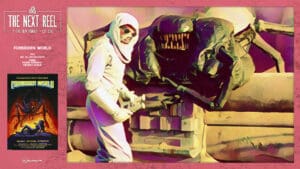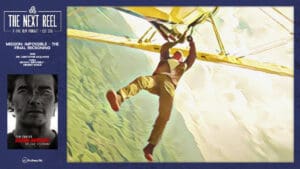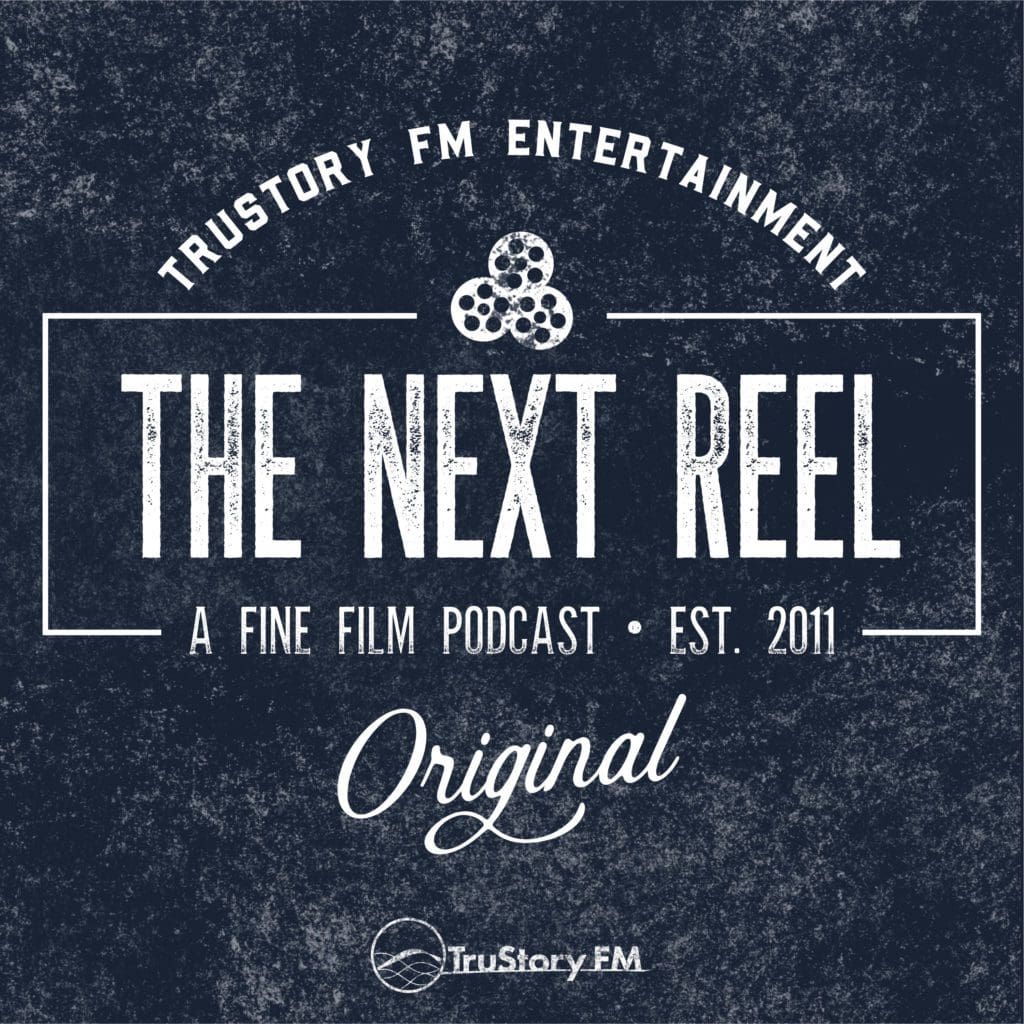David Lynch certainly has an unusual way of building his worlds and crafting his films. There’s a different energy he has that doesn’t always line up with what we expect as the norm. But is this a good thing or bad thing? When his 1990 film Wild at Heart won the Palm D’Or at Cannes, there were as many people cheering him on as there were booing him. Over time, some people have grown to appreciate his works more but not always. Roger Ebert never seemed to come around on this film. So what do we think? Join us – Pete Wright and Andy Nelson – as we jump back to our Couples on the Run series for another member bonus episode, this time for a discussion about Lynch’s Wild at Heart.
Are we wild about Wild at Heart or less than wild?
Right out of the gate, it’s clear we’re divided on this movie. Is that because of our individual tastes with Lynch? Where did we start with his work and how did that influence our tastes? And when did we first see this movie? We chat about our personal histories with Lynch, his films, and this one in particular, trying to figure out where we’re coming into our conversation. Lynch starts this Wild at Heart with some intense, high octane action as Nicolas Cage’s Sailor attacks and nearly kills a man before then being sent off to prison. Does this work? Or does it feel like a preamble to the actual film that’s unnecessary? When Lynch describes this film, he says it’s about finding love in hell. Does that make sense since Sailor and Lula are already in love? Would it be better served if he described it about figuring out how to stay in love in hell? We think that may work better. Regardless, we can’t quite agree on Cage’s and Laura Dern’s performances. Are they too over the top? Do they get character arcs or do they feel one-note from the moment they’re introduced through to the end of the film? And can the same be said about Diane Ladd’s insane performance as Lula’s mom Marietta? What’s up with all that lipstick? There are plenty of other quirky characters to talk about, including Willem Dafoe’s Bobby Peru. Do these characters add to the Lynchian world and enhance the film or do they become distractions that do nothing more than remind us we’re in a Lynch film? What about the look? How do the cinematography, editing, production design, costume design, music, locations, vehicles, and effects all work? Do they help to firmly plant us in a fantastical take on Americana that feels full of magical realism? Or does it go too far with the Wizard of Oz references and just fall into a self parody of ‘serious art films’? There’s a lot to talk about with this one. Check it out then tune in! The Next Reel – when the movie ends, our conversation begins! This is a member bonus episode – our March 2022 member bonus episode, to be exact. We’d love it if you became a member to support our show, but you’d love it because of everything you get. We have monthly member bonus episodes that only members can access. You also get monthly Flickchart re-ranking episodes, access to members-only Discord channels, and early releases for every episode. We have a special episode we release at the end of each series called Retake during which we break down our overall thoughts of the entire season. Plus, you get to vote on the movies we discuss in our members only episodes as well as the movie lists we discuss on the Saturday Matinée podcast! What can we say? It pays to be a member. Learn more about supporting The Next Reel Film Podcast through your own membership — visit TruStory FM. Join the conversation with movie lovers from around the world on The Next Reel’s Discord channel!
Film Sundries
Learn more about supporting The Next Reel Film Podcast through your own membership.
- Buy this from Amazon, or find other places at JustWatch
- Script Transcript
- Theatrical trailer
- Poster artwork
- Original Material
- Flickchart
- Letterboxd







